Fluffy Whole Wheat Dinner Rolls
Learn to make the perfect whole wheat dinner roll recipe. Fluffy and soft, you’ll never know they are made with 100% whole wheat!
News flash! Whole wheat rolls don’t have to be dense and built-like-a-brick. Promise.
These fluffy whole wheat dinner rolls are as light and scrumptious as their French Bread counterparts. And when I say whole wheat, I mean the real deal whole wheat. As in 100% whole wheat.
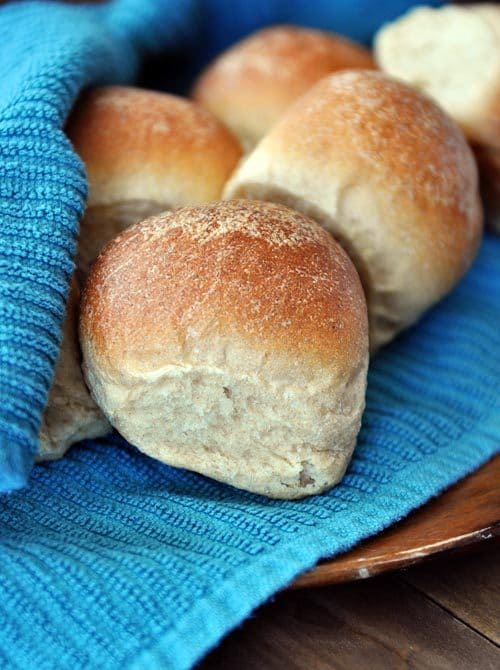
None of this put a quarter cup wheat flour in a recipe with six cups white flour and call it whole wheat stuff.
For the last several years when making the aforementioned French bread rolls, I would just throw in part or all whole wheat flour in order to up the nutrition a bit.
They were ok. Not as delicious as the all-white flour version, but not terrible.
It’s rare that I make any bread or roll without subbing in at least part of the white flour for wheat thanks to my beloved wheat grinder sitting on the counter just waiting to fulfill its purpose in life (and the fact that white bread is like dessert to my kids – they think something extra special, like the end of the world, for instance, is happening when the bread or rolls in our house aren’t brown).
No one in my family really complained about the whole wheat rolls I would make, but in my heart I knew they could be about a million times more fluffy and yummy and equally as delicious as the white flour version.
Who knew the solution would be so easy?
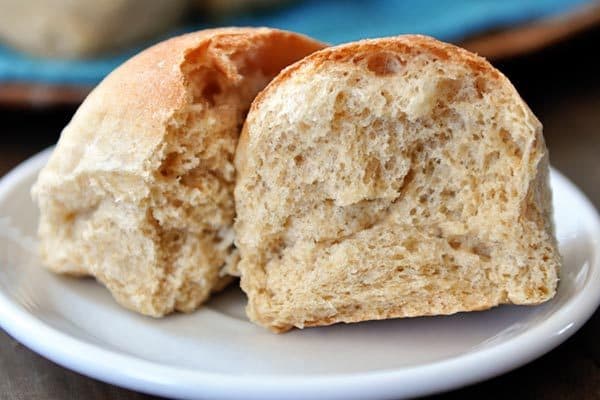
I took a simple ingredient that I use in my whole wheat bread recipe and added a bit of it to this roll recipe along with 100% whole wheat flour. And whatdyaknow? The most amazing, fluffiest whole wheat dinner rolls on the planet.
It’ll be our little secret that there isn’t a speck of white flour to be found in these babies.
If you’ve already made the French Bread rolls, you’ll know they are one of the most foolproof bread recipes out there and a grrrreeeaat place to start if you are new to the world of making your own yeast breads.
This whole wheat version? Despite a few extra minutes of kneading time, they are equally as simple.
As always, one of the biggest keys to yeast bread success is to not overflour the dough. Otherwise, you will end up with little brick-ish lumps and your heart most definitely will not be singing hallelujah to the fluffy roll heavens.
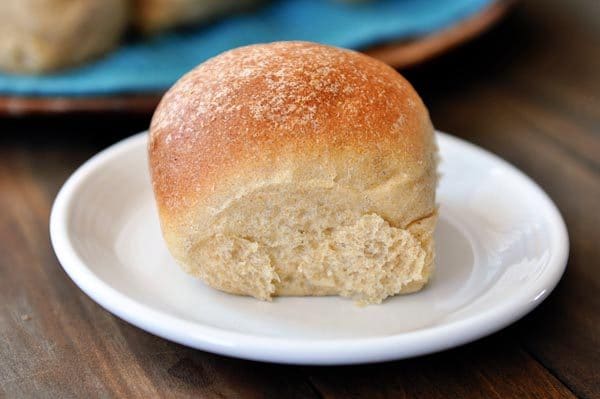
One Year Ago: Carrot Cake Cheesecake
Two Years Ago: Butternut Squash Risotto
Three Years Ago: Peanut Butter Pretzel and Toffee Bonbons
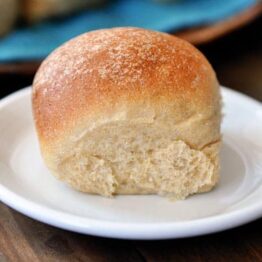
Fluffy Whole Wheat Dinner Rolls
Ingredients
- 1 ½ cups warm water
- ¾ tablespoon instant yeast, or 1 tablespoon active dry yeast
- 2 tablespoons granulated sugar
- 2 tablespoons canola or vegetable oil
- 1 teaspoon salt
- ¼ cup vital wheat gluten, see note
- 3-4 cups (426-568 g) whole wheat flour, give or take a little (see note)
Instructions
- In the bowl of a stand mixer or in a large bowl by hand, combine the warm water, yeast, sugar, oil, salt, gluten, and 2 cups of the flour. If you are using active dry yeast instead of instant yeast, let the yeast proof in the warm water and sugar for about 3-5 minutes until it is foamy and bubbly before adding the oil, salt, gluten and flour.
- While mixing, gradually add the rest of the flour until the dough has pulled away from the sides of the bowl. Judge the dough by how it feels, not necessarily by the exact flour amount called for in the recipe (see a tutorial on working with yeast here). The dough should be soft and smooth but still slightly tacky to the touch.
- Knead the dough in the stand mixer or by hand until it is very smooth and elastic, about 7 minutes in a stand mixer or 10-12 minutes by hand. As the dough is kneaded, it will continue to absorb some of the liquid and become less sticky so take care not to overflour at first as the texture will change as it kneads – and you can always add a bit of flour partway through if it seems overly sticky.
- If kneading by hand, try using a bit of oil or cooking spray on the counter to help prevent stickiness instead of flour – that way the dough doesn’t get overfloured. Lightly spray a large bowl with cooking spray and place the dough in the bowl. Cover the bowl with lightly greased plastic wrap. Let the dough rise until it has doubled, 1-2 hours.
- Lightly punch down the dough and turn it out onto a lightly greased countertop. Divide the dough into 12 equal pieces and form the dough into round balls (a video tip on shaping the dough into rolls here).
- Place the rolls on a lightly greased or silpat-lined baking sheet about an inch or two apart. Cover the rolls with lightly greased plastic wrap. Let the plastic wrap gently hang over the sides of the pan to fully cover the rolls but not press them down. Let the rolls rise until doubled, about 45 minutes.
- Preheat the oven to 400 degrees. Bake for 12-14 minutes until lightly browned and cooked through.
Notes
Recipe Source: Mel’s Kitchen Cafe (adapted from these French Bread Rolls)
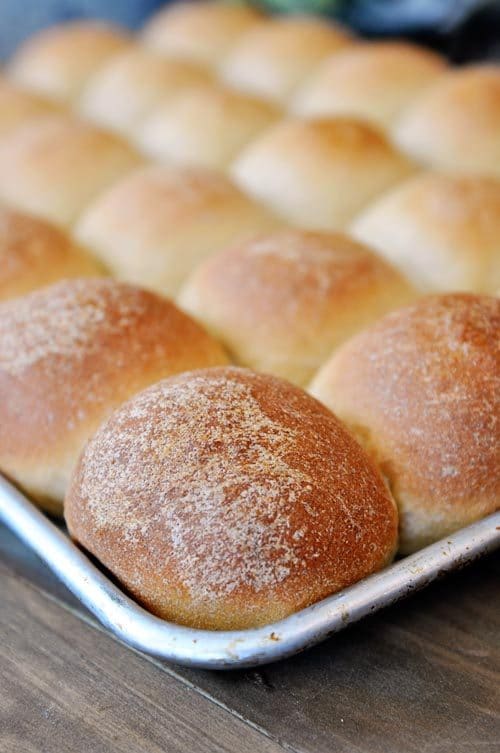

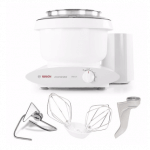
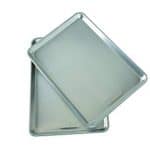
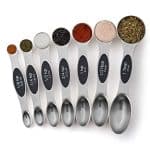
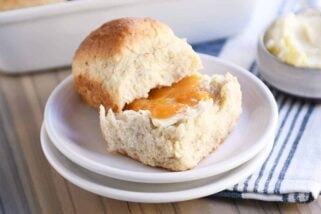
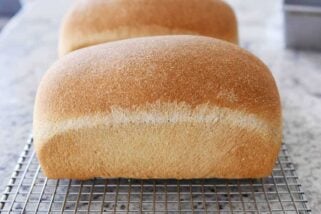
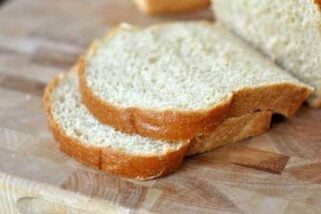
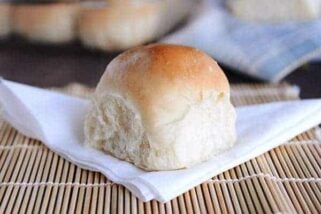
So, this recipe didn’t go quite the way I expected. I didn’t have any gluten so I just left it out, unbeknownst to be me, the lack of protein had an impact on the texture. No amount of kneading got that soft, elastic texture I was looking for. Forty minutes in, I was pretty sure it was over kneaded at this point, but I was like, “F*** it, I’m gonna bake it anyway.” I followed the next steps and got all the pieces into neat little balls, then comes my cat. She jumps on the edge if the sink to get to the window as usual, but lost her footing, fell in the sink (which was full of water), freaked out, knocked down my margarita (yes, I drink as I bake. Highly recommend it.), ran to the other side of the counter and right over my rolls. I thought she simply jumped over them until I saw little paw prints on half of them. Again I said, “F*** it.” I had no faith at this point but I popped in the oven and, remarkably, they were delicious. More crisp than they should’ve been but still nice and soft on the inside. If those rolls could take that kind of abuse and still come out great and this is certainly my kind of recipe, the kind you can’t f*** up.
I should clarify, I only baked the 6 that my beloved cat didn’t step on.
I freshly mill all of my flour and have been looking for a basic fluffy dinner roll recipe that doesn’t use a crazy amount of ingredients or enrichments. I found this one not expecting it to actually use fresh milled flour, and was pleasantly surprised!
I made 1.5 times a recipe, and after using all of the flour, found it to be a little dry, so I added 1 egg for moisture. The rolls turned out perfectly. My family demolished them and I just ate the last one a few days later and it was still soft and fluffy!
These were exactly what I hoped they would be! So soft and fluffy! Thank you for yet ANOTHER five star recipe. ❤️
So if I’m bringing my fresh wheat berries, do I need to alter anything?? If not this may be the answer to my prayers! Same question would go to the small batch WW fluffy bread- can I use fresh flour straight from the mill?
If I’m grinding my fresh berries….
Yes, you can use freshly milled flour for this recipe – that’s what I use and it works great. It helps to use a white wheat variety of wheat berries for a lighter result.
Best fluffiest whole wheat rolls ever. Will use them as hamburger buns as well. So tender and delicious. Thanks for another great recipe! Big hit at our party last night for extended family Thanksgiving!
Thanks, Kelli!!
I made this recipe and the dinner rolls turned out absolutely delicious. I highly recommend this recipe.
Thank you for sharing., I’m making this morning
Sorry Mel. I just found your smaller batch of whole wheat bread recipe.
I made these a few weeks ago and used organic einkorn flour… They were perfect. I shared with coworkers and some students at a culinary school and they vanished lol.
Mel what would be the best way to make a loaf of this? I saw your other loaf recipe but I wanted to use these exact ingredients ( I used honey and olive oil).
Thank you so much for sharing this!
Hi there. These look fabulous. I’m studying in the culinary arts right now and I am onto baking so I’ve been experimenting.
I am planning to make this recipe but am wondering if I could use Einkorn whole wheat flour… I know Einkorn is different than whole wheat flour so I wanted to check before purchasing the flour and attempting.
Thank you!!
Yes, I’ve used einkhorn wheat in these rolls and it works great!
Hi Mel. Did you have to change any steps? I’ve read that einkorn is a very strong flour and may need more proofing?
And can I use honey in place of sugar? If so, is the ratio the same?
Usually I read that it is but I really want these to turn out well so I’m covering all bases lol. Thank you so much!
I grind my own einkhorn wheat berries so I don’t know if that makes a difference, but I haven’t noticed that I’ve needed any more proofing time. Yes, you can use honey in place of sugar (same amount). Good luck!
Thank you!!
I found knowing how much dough should be in each roll as you specify in the white rolls recipe.
Any suggestion here?
Hi Glen, I use between 2.75 and 2.8 ounces per roll.
I’ve made this recipe many times with regular red whole wheat flour, and today used spelt flour. What a treat! So soft and fluffy- just as advertised. I went for it and kneaded in the stand mixer- your explanation of what to look for was very helpful! Thanks for all you do!
Soft and fluffy! Never thought I could make soft and fluffy whole red wheat rolls, but with this recipe I did! Thank you!
Can I omit the vital wheat gluten and increase the wheat flour by 1/4 cup?
Yes; make sure to knead a few minutes longer.
Also used brown sugar with the instant dry yeast